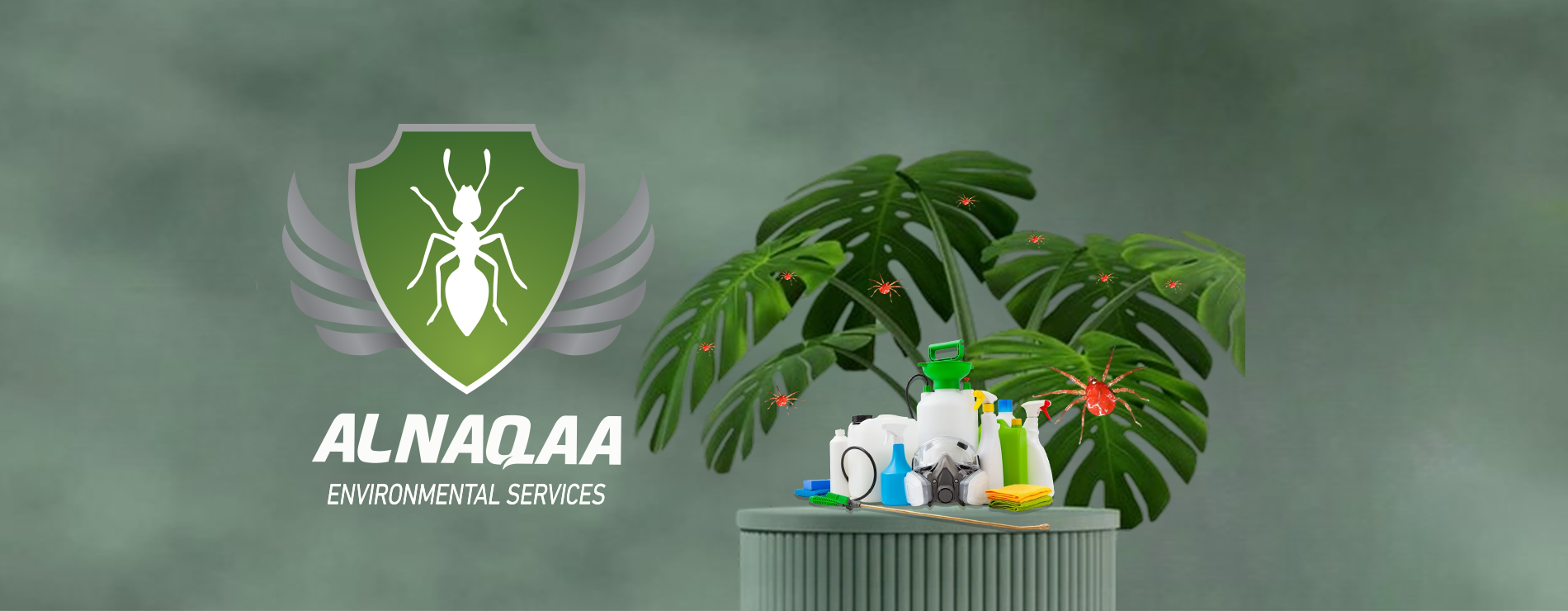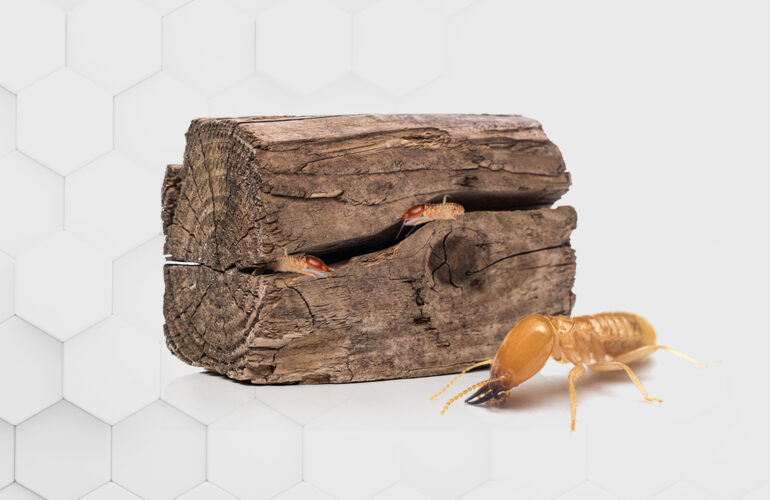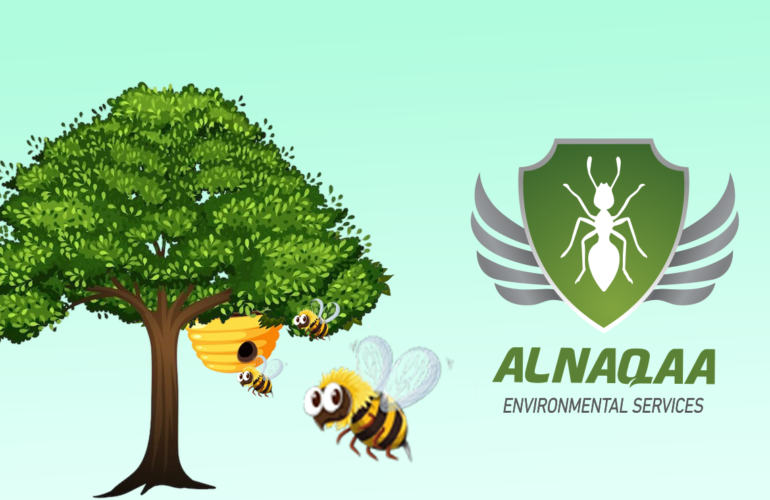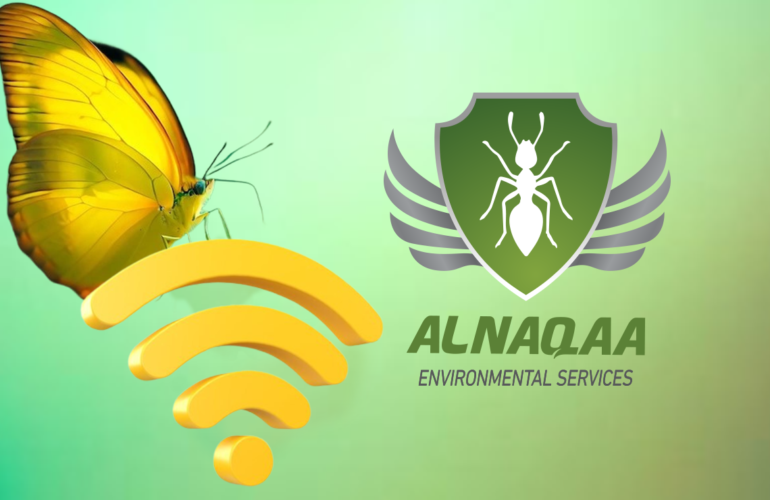Spider mites. How do we get rid of it?
Firstly, what is a spider mite? The spider mite is a type of insect pest belonging to the family Tetranychidae, which includes the red spider mite (Tetranychus urticae) and similar species. These pests are common and known for their ability to reproduce rapidly and cause visible damage to plants. Spider mites can infest various plant types, including ornamental plants, gardens, and fruit trees.
Characteristics of spider mites:
- Color: can be red, green, or pale brown in colour, which can vary based on the species and environmental conditions.
- Size: small, measuring about 0.5-1 mm. When in adult stages, spider mites can produce fine web-like threads on leaves.
Damage caused by spider mites:
- Leaf Feeding: feed on plant cells by sucking leaf juices, leading to leaf damage that turns yellow or brown.
- Growth Deterioration: Continuous attacks can hinder plant growth and reduce productivity.
- Rapid Spread: Spider mites can reproduce quickly, increasing their population in a short time.
How to identify spider mite infestations?
You can identify their infestations by regularly monitoring plants and looking for signs and symptoms of infestation. Here are some indicators to help you recognize them:
- Yellow and Brown Spots on Leaves: One key sign of their infestation is the appearance of yellow or brown spots on leaves. These spots might start small and expand over time.
- Tiny Webs: Tiny web-like structures resembling spider webs may be present on or undersides of leaves.
- Leaf Curling: Infested leaves may start to curl or shrink abnormally.
- Color Changes: Infested leaves may develop unnatural colours, such as brown or bronze.
- White Spots: In severe cases, small white specks or dots may appear on leaves, which are spider mite eggs.
- Growth Deterioration: If you observe a general decline in plant growth without an apparent reason, spider mites could be a contributing factor.
- Group Infestation: If you notice these signs on multiple plants in the same area, it might indicate a widespread spider mite infestation.
How to control spider mites?
Initially, it is important to monitor your plants regularly to detect any signs of spider mite infestation. If you are unsure about an infestation, you can use a magnifying lens to examine the leaves more closely. Once confirmed, you can respond appropriately to control the pest and protect your plants.
- Watering and Humidity: Spider mites thrive in dry conditions, so maintaining proper humidity levels for your plants is crucial.
- Water Spraying: Regularly spraying plants with water can help remove and reduce spider mites.
- Predatory Mites: Some predatory mites can assist in controlling spider mite populations.
- Use of Insecticides: Natural or chemical insecticides can be used for control. Opt for environmentally friendly pesticides and follow usage instructions carefully.
It is extremely important to identify the specific type of spider mite affecting your plants and apply appropriate measures. Control strategies may vary based on the species of spider mite and the extent of the infestation.
Types of spider mites that affect garden plants:
- Two-Spotted Spider Mite (Tetranychus urticae): This is the most common species and attacks a wide range of plants, including vegetables, fruits, and ornamentals. It can cause leaf damage, discolouration, and the appearance of fine webs.
- Carmine Spider Mite (Tetranychus cinnabarinus): Attacks specific plants like peanuts and flowers. It causes reddish discolouration of leaves.
- European Red Mite (Panonychus ulmi): Can infest various trees and shrubs, such as cherry and pear trees.
- Pacific Spider Mite (Tetranychus pacificus): Targets a variety of plants, including fruits, vegetables, and ornamentals.
- Southern Red Mite (Tetranychus ludeni): Can infest various plants like vegetables, flowers, and shrubs. It is considered a persistent species.
By understanding the types of spider mites and implementing appropriate control methods, you can effectively manage infestations and protect your garden plants.
To combat and protect garden plants from spider mite infestations, you can implement a range of environmental, biological, and pesticide-based measures if necessary. Here are some steps you can take to control spider mites:
- Watering and Humidity: Maintain regular watering for your plants and provide adequate humidity in the surrounding area. Keeping plants adequately hydrated makes them less susceptible to spider mite attacks.
- Humidity Enhancement: Regularly misting plants using spray hoses or low-pressure irrigation systems can increase the humidity around the plants.
- Ventilation: Improve ventilation around plants by spacing them appropriately and pruning affected leaves.
- Fertilization and Care: Use appropriate fertilization to enhance plant health and resilience against diseases and pests.
- African Marigold Use: There are reports suggesting that planting African marigolds near affected plants can help suppress spider mite spread.
- Beneficial Predatory Insects: Certain types of predatory insects can serve as natural predators of spider mites. Explore available options for their use in your area.
- Natural Pesticides: Some natural oil-based or soap-based pesticides can be used to control spider mites. Make sure to follow instructions closely.
- Chemical Pesticides: In cases of severe infestations and when other solutions are ineffective, chemical pesticides can be employed. Use pesticides specifically designed for spider mites and adhere to instructions.
It is crucial to exercise caution when using pesticides, and it is advisable to start with natural solutions before resorting to chemical pesticides. Before using any chemical pesticide, read and follow the instructions on the label carefully.
You can consider hiring professional pest control services to effectively manage spider mite infestations and safeguard your garden plants. Pest control experts have the necessary expertise to identify the type of spider mite and provide effective solutions for eradication.
When hiring professional El Naqaa pest control services, you can expect the following:
- Assessment: Naqaa pest control professionals will visit your site and provide a thorough assessment of the situation, identifying the type of spider mite, the extent of infestation, and the severity.
- Customized Control Program: They will develop a tailored control plan to address the spider mite issue and curb its spread.
- Chemical Pesticide Use: In some cases, strong chemical pesticides may be necessary for controlling spider mites. The company will select appropriate pesticides and apply them safely, following environmental standards.
- Continuous Monitoring and Evaluation: will monitor the effects of treatments and regularly evaluate the situation. Adjustments to the plan if necessary to ensure effectiveness.
- Advice and Guidance: will offer advice and guidance to maintain the health of your plants and avoid future spider mite infestations.
It is essential to work with reputable and licensed pest control companies like “Al-Nakaaa” who utilize pesticides and techniques safely and effectively. Ensure you agree on the details, services provided, and cost before commencing treatment






